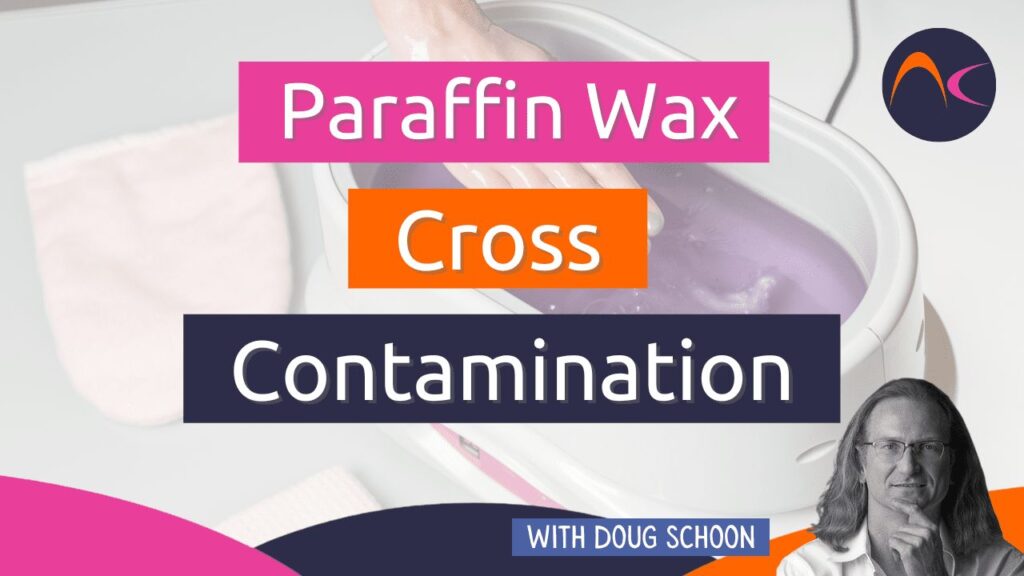About 12 years ago I spoke to someone who I consider to be a careful researcher and who had thoroughly examined the issue of paraffin wax cross-contamination from dipping. His research revealed that bacteria and fungi are NOT at all likely to grow in these paraffin baths. That is probably because the water content is so low that infectious organisms could not survive. He also theorized that the wax seals around the hand to prevent bacteria or fungal organisms from escaping into the wax.
This makes a lot of sense to me and I agree with his findings. Interestingly, there was only one case where this researcher found any infectious organisms in a paraffin bath. Understanding how this occurred is very interesting and important to know about. In this one case, the paraffin was badly contaminated and looked extremely cloudy. The cloudiness was due to large amounts of water and other contaminants in the wax. If water gets into paraffin, then some microorganisms may be able to survive. This was an extreme case of contamination, not what normally would ever occur.
How did the paraffin become so cloudy and contaminated? The reason for this extreme contamination was the salon owner. That’s right. The owner of the salon had instructed the nail technicians to “save the wax” after removal from the hands. They would then throw it into a container and, each morning, they would re-melt the previously used wax into the paraffin bath. All that just so the salon owner could save a little money.
Of course, this is clearly improper to do, highly risky, and certainly against the paraffin manufacturer’s directions. This was a blatant misuse of the product! Only fresh wax should be put into a paraffin bath. All used wax must be disposed of after a single use because paraffin wax is not reusable. After completing their testing, these researchers concluded that when a paraffin bath is regularly cleaned and all used wax is properly disposed of without reuse, it will be extremely unlikely for infectious organisms to survive and cause infections. I’ll add that if clients wash and dry their hands before the service, then the potential contamination becomes even less likely. These conclusions are also in complete agreement with other research that I’ve read on this subject.
Other studies of paraffin collected from salons and tested for contamination of bacteria or fungi have found none of these. Therefore, this leads me to support the conclusion that dipping in a paraffin bath to perform salon services is a safe practice. Paraffin wax cross-contamination is a very rare thing to happen.
I would like to add a word of caution. Common sense dictates that clients with open sores or visible signs of infection should not have these services. The researcher I spoke about did not suggest this as a concern. However, I’m adding this warning to remind salon professionals that they should not perform services on any client with a visible infection of the skin or nails.


